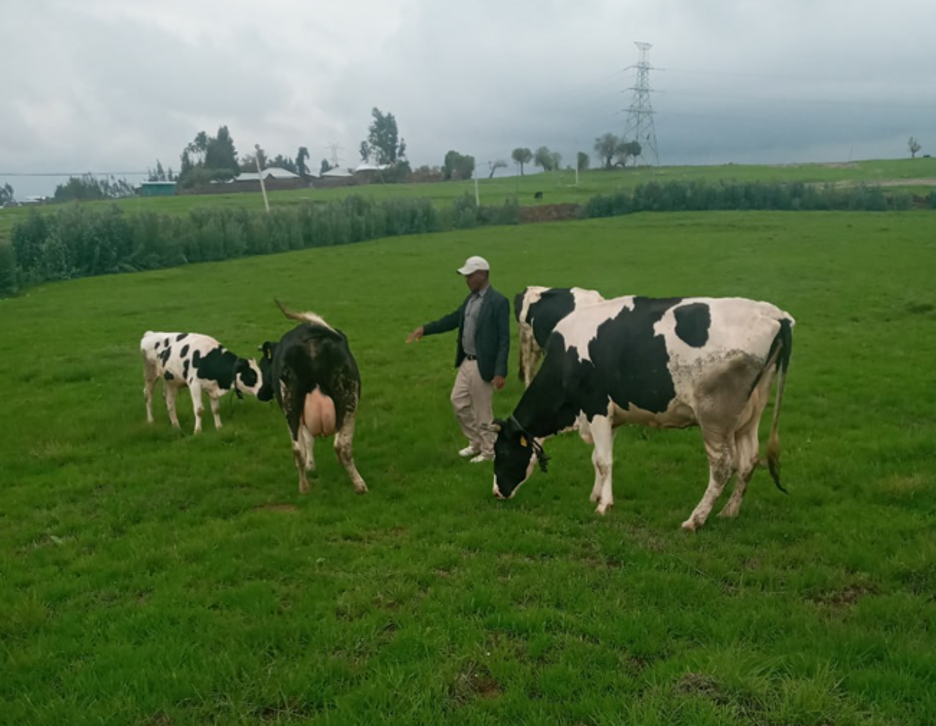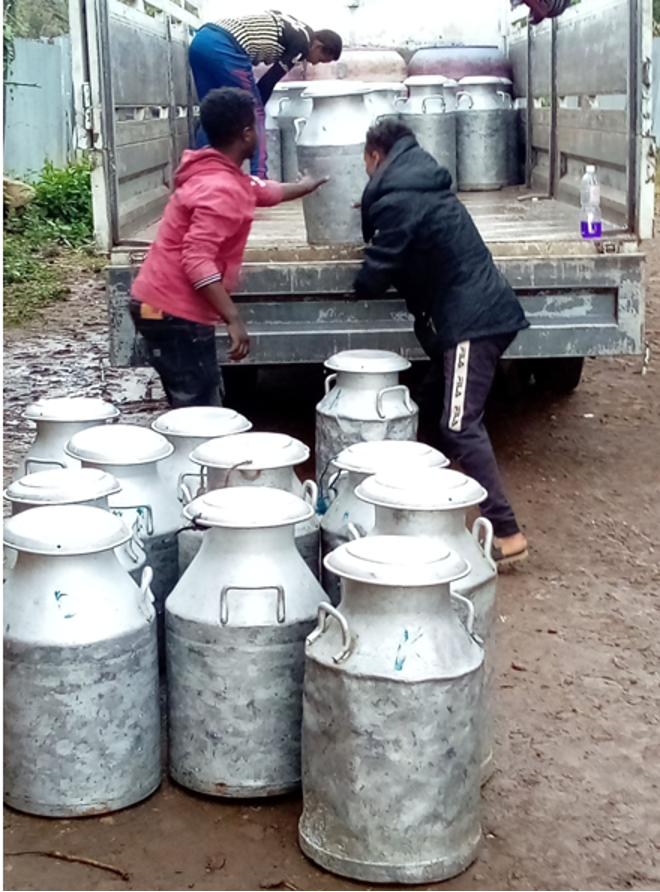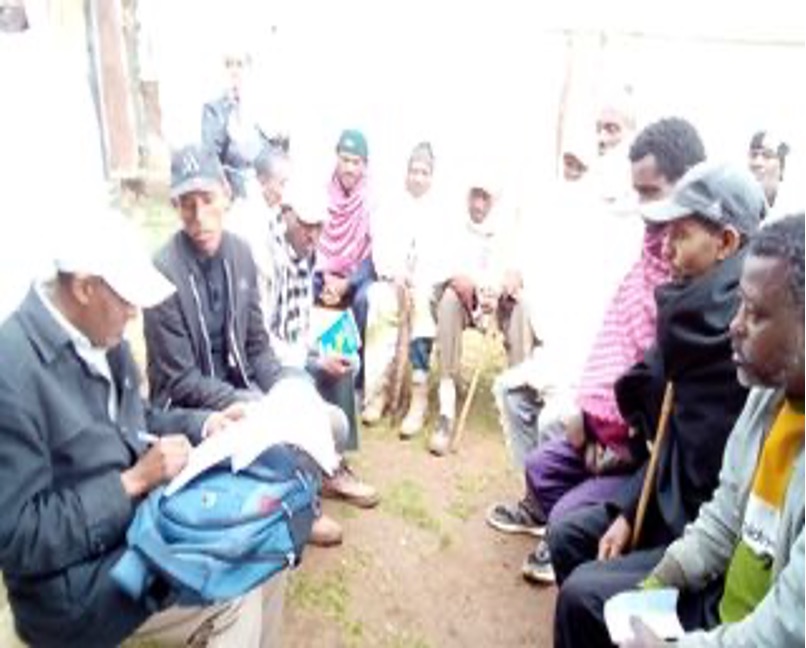Increasing the productivity and management of smallholder dairy systems is one of the critical tools for reducing poverty, raising nutritional levels and improving the livelihoods of poor people, especially in rural areas. Eastern Africa is Africa’s leading milk-producing region, representing more than 50% of the continent’s milk output. Ethiopia has a large potential for livestock production, leading African countries with its current cattle population of about 66 million and mainly owned by smallholder farmers.
About 99% of the cattle population in Ethiopia are indigenous breeds owned mainly by smallholder farmers with indigenous knowledge of cattle production. These local cow breeds are characterised by low milk output and Ethiopia’s per capita milk consumption is lower than the average value for Africa. However, improved cow breeds with high milk production are being introduced in some areas of Ethiopia. In order to gather basic information and assess the situation of smallholder dairy farmers who own improved cow breeds, a pilot study was conducted in central Ethiopia, in Degem District, located about 160 km north of Addis Ababa city in Oromia Regional State. In this district, smallholder mixed crop and livestock farming are widely practised. During the recent two decades, smallholder farmers in the study area have been replacing their local cow breeds with improved ones. In the Degem district, about 2855 farmers are currently engaged in improved dairy farming, out of which 41 farms have been visited during the pilot study.
The number of cows varies from one to nine per household, with an average number of three cows of improved breeds. Each cow produces about 9.5 litres of milk per day on average. By adopting the improved breeds, the farmers have increased their milk productivity by about 67% on average compared to local ArsiCattle breeds in the study area. In connection to the introduction of improved cow breeds in the study area, some changes have been noticed in milk marketing and processing. Traditionally milk was consumed and processed at home less efficiently and farmers sold the milk byproducts mainly butter. However, after the milk productivity has increased, farmers supply the raw milk to milk processing plants more than 150 km from the study area’s dairy farms.
Are there challenges compromising the benefits of improved dairy farming?
Although there is an increase in milk production per household, it was learnt that some challenges hinder smallholder farmers from increasing the benefits gained from dairy farms.
(I) Limitation of feed resources – the main sources of animal feed are pasture and feed market. However, the farmers confirmed that there is a need for pasture land due to land scarcity and the existing land-use competition among different agricultural activities. Farmers have limited access to the feed market. The main challenges are the shortage and high price of animal feed on market.
(II) Inadequate animal welfare and health service – the common animal health problems in the study area include bovine mastitis, which affects cow teats and reduces milk production and quality, calcium deficiency which commonly affects high-milk-yielding cows, Foot and Mouth disease, and Anthrax. Even though there are government-supported animal health centres and a trained workforce, there is an inadequate supply of appropriate medicine at the required time.
(III) Limitation of linkage to milk market – smallholder dairy farmers in the study area can sell the raw milk either directly to the milk processing plants or to milk traders who collect milk from farmers and supply it to milk processing plants or consumers. However, there needs to be more well-organised access to appropriate milk markets. Therefore, farmers are forced to sell raw milk at low prices due to limited access to market information and limited price bargaining power.
(IV) Logistics-related problems – Raw milk is one of the perishable agricultural products with short shelf life. Pay attention to milk storage and transportation requirements to preserve its quality and freshness is important. Since no milk processing plants are in the study area, the milk must be collected and transported more than 150 km to reach the processing plant. Farmers must deliver the raw milk must to local milk collection centres. There are about six milk collection centres in the Degem district. Individual and group milk collectors transport the raw milk from the collection centres to processing plants or wholesalers. Farmers far from the main road could not bring their products to the milk collection centre due to a lack of road and transport infrastructure. The lack of a milk cold chain, the use of inappropriate vehicles for milk transportation, and the need for appropriate cleaning facilities for milk containers and equipment aggravate the problems in the milk supply chain. The milk supply limitation also forces the milk processing plants to work under capacity. These problems lead to high milk loss, affecting the competitiveness of smallholder farmers-based milk supply chains in the market and the livelihood of farmers’ households.


